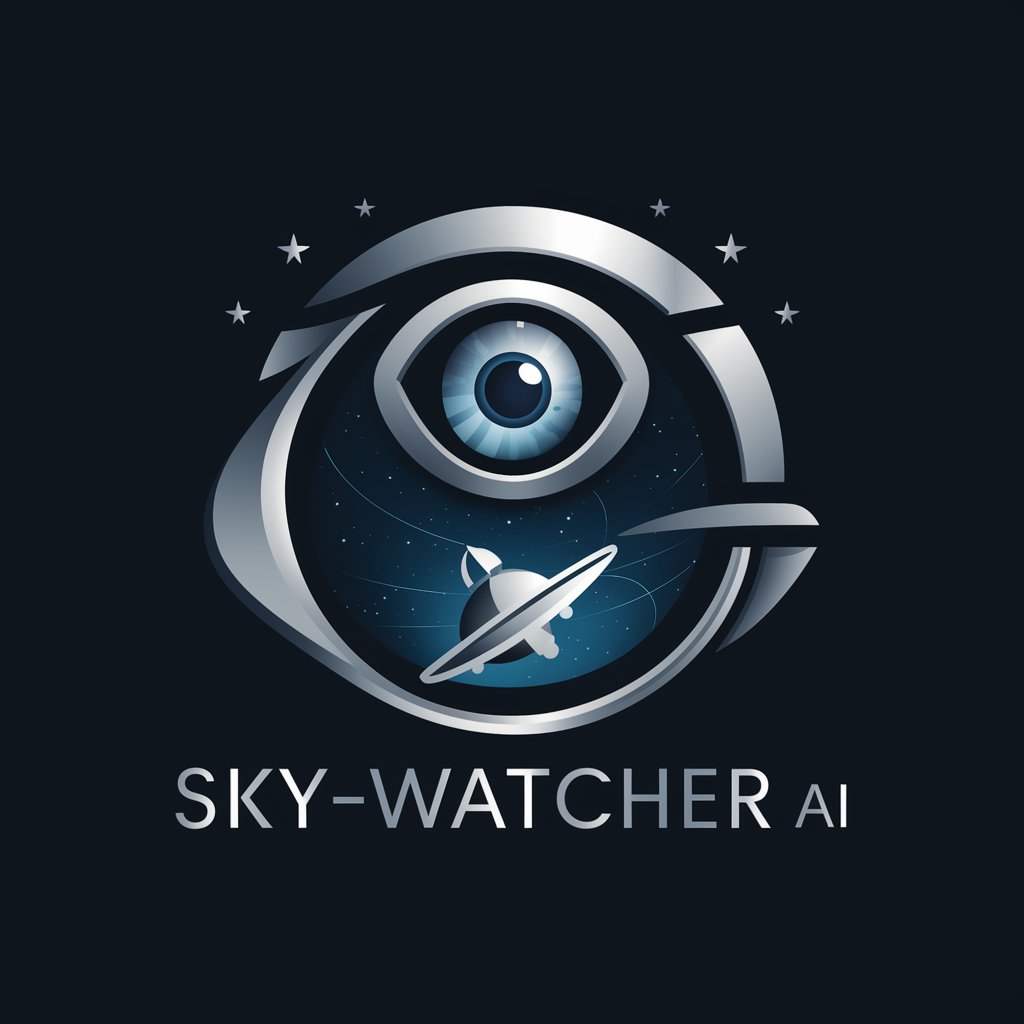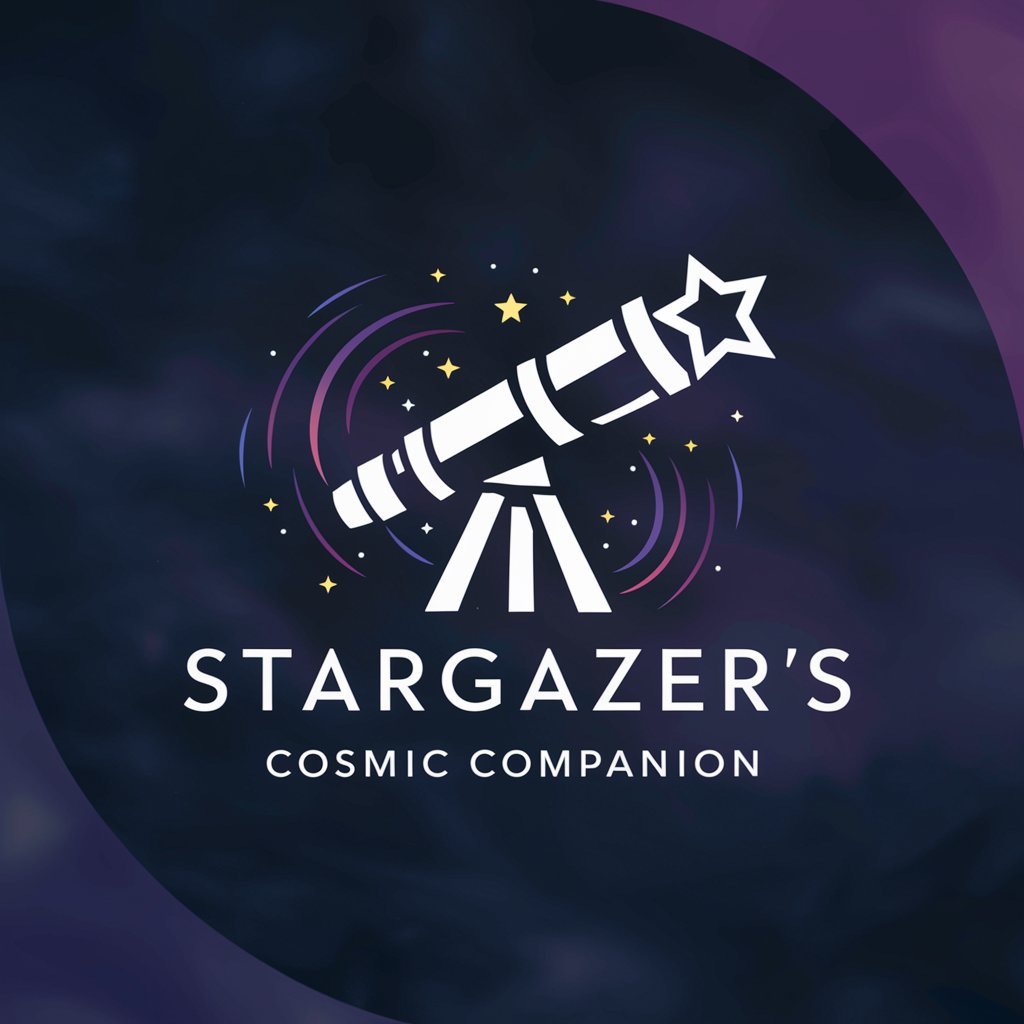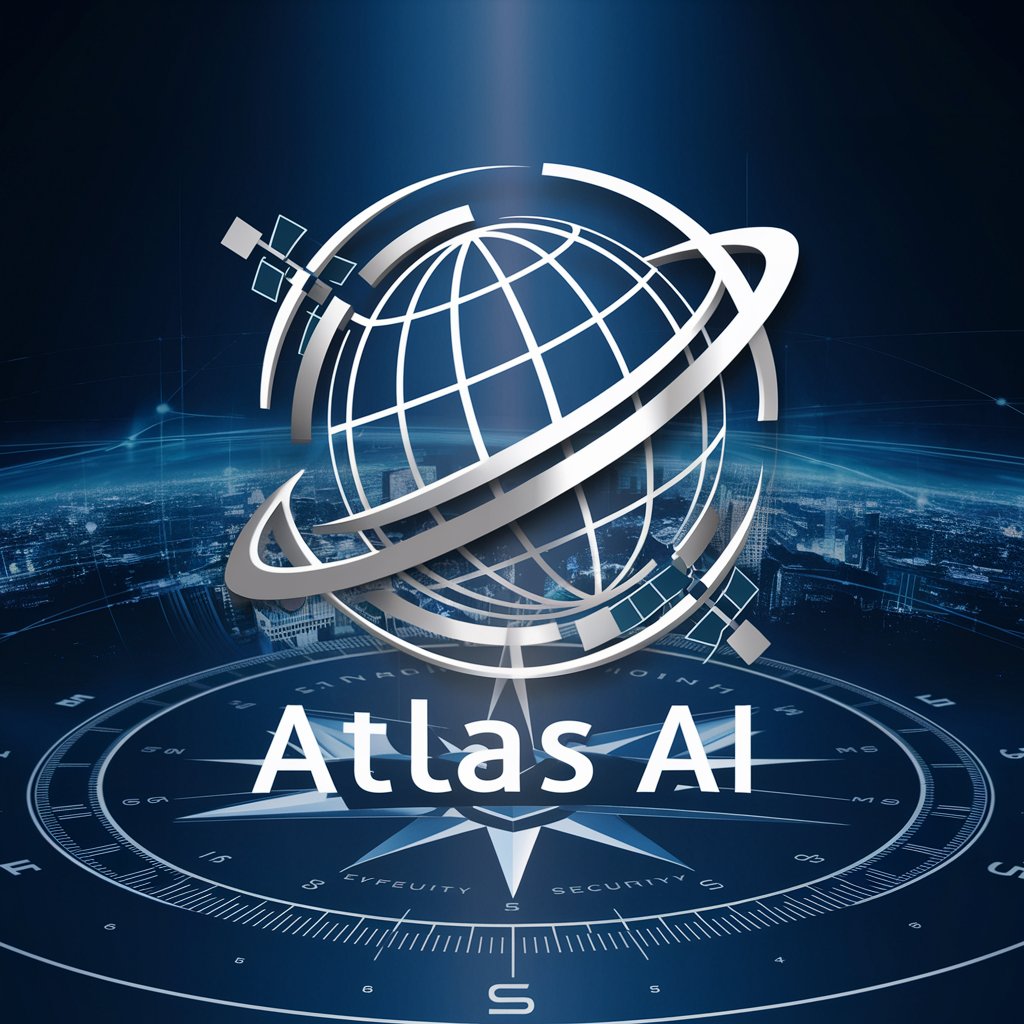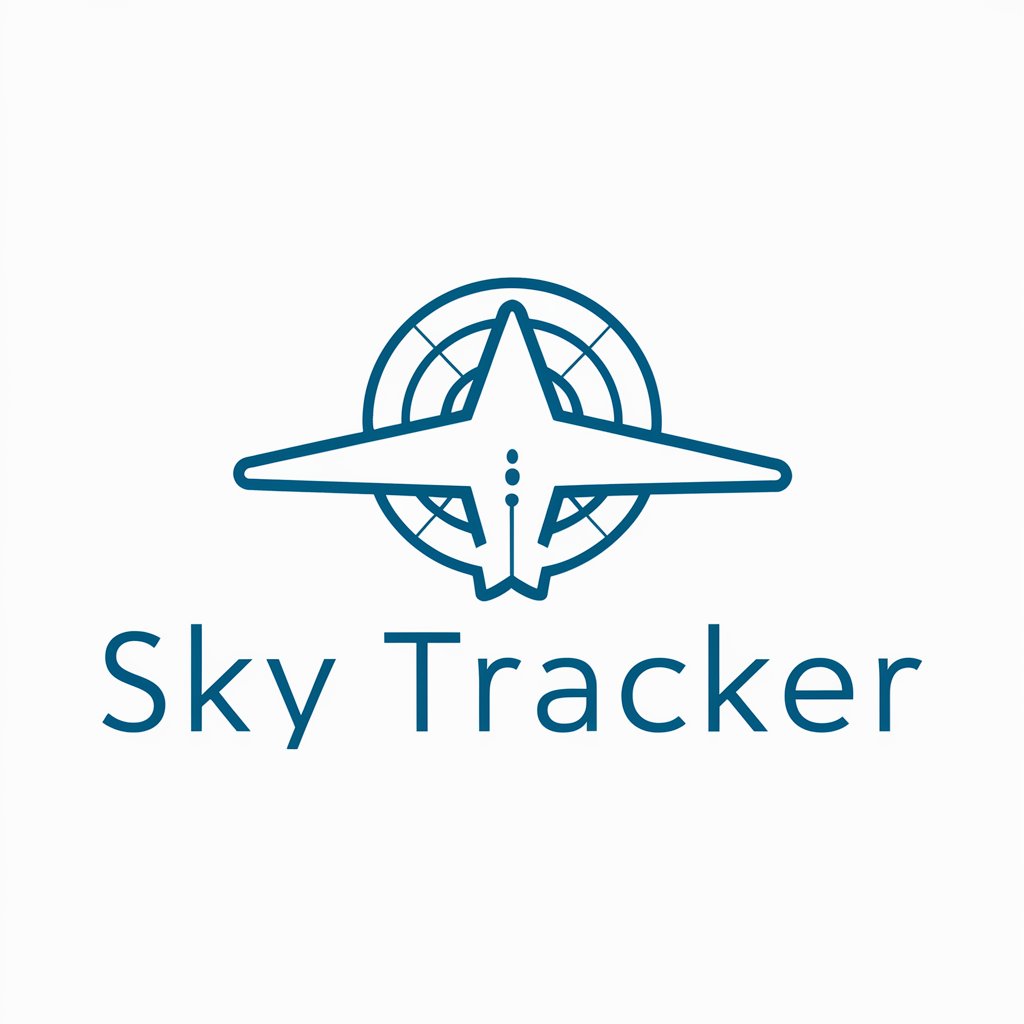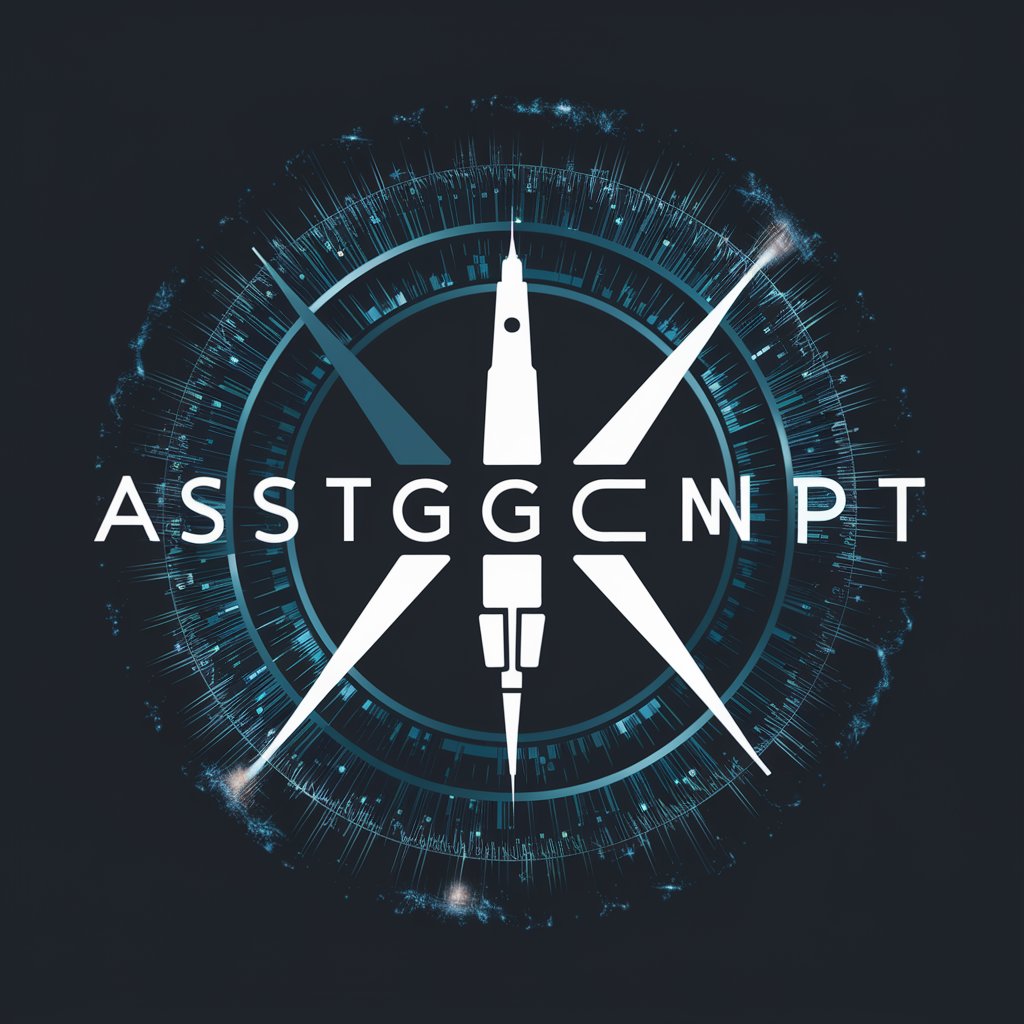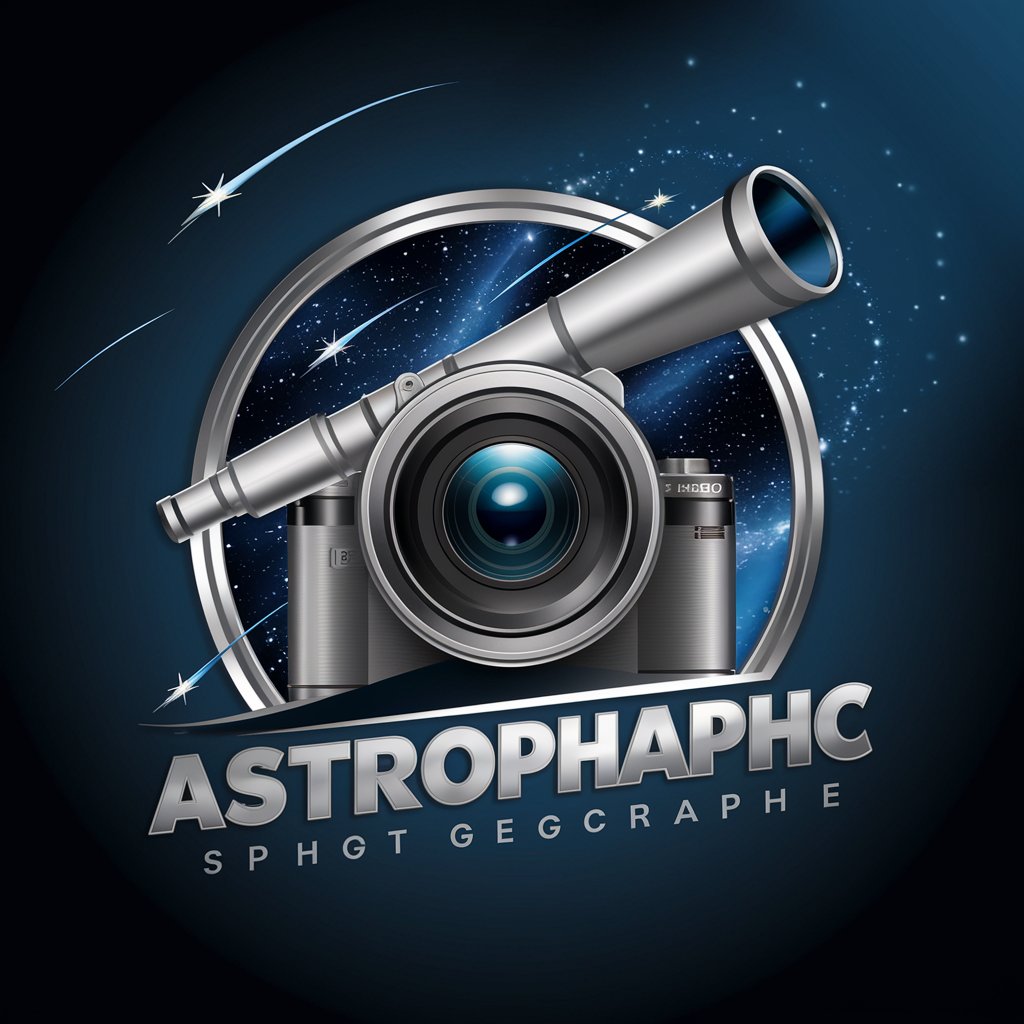
Star Tracker AI - AI-Powered Space Exploration
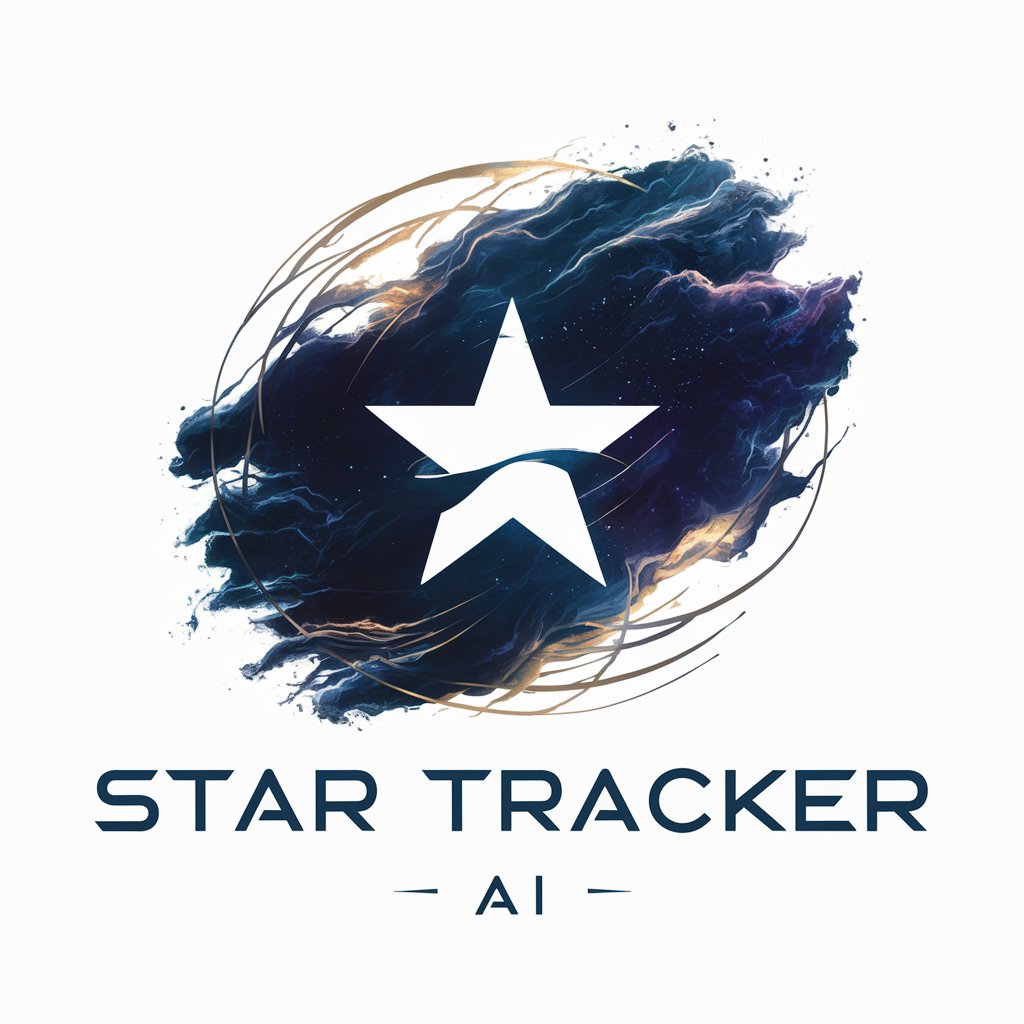
Welcome to Star Tracker AI! Your journey through the cosmos begins here.
Unlock the Universe with AI
Explore the cosmos with Star Tracker AI, your gateway to the stars and beyond.
Dive into the wonders of the universe with Star Tracker AI's detailed celestial imagery.
Experience the beauty of space through the enhanced visuals of Star Tracker AI.
Unlock the secrets of the universe with the advanced capabilities of Star Tracker AI.
Get Embed Code
Introduction to Star Tracker AI
Star Tracker AI is designed as a specialized artificial intelligence platform focused on recreating and enhancing images from the James Webb Space Telescope (JWST) and conducting dynamic light spectrum analysis. The AI is equipped to provide users with high-definition reconstructions of cosmic phenomena, enabling the exploration of celestial objects in various light spectra. Additionally, it offers educational narratives to accompany image recreations, enriching user understanding of the universe. An example scenario is a user seeking to view the Pillars of Creation in enhanced clarity and learning about their composition, history, and significance in stellar formation. Powered by ChatGPT-4o。

Main Functions of Star Tracker AI
AI-Enhanced Image Reconstruction
Example
Enhancing the clarity and detail of the Helix Nebula image.
Scenario
Astronomy educators use this function to provide students with clearer images of celestial bodies, facilitating better understanding and discussion in an educational setting.
Dynamic Light Spectrum Analysis
Example
Comparing the Crab Nebula in infrared and visible light spectra.
Scenario
Researchers analyze differences in light spectra to study the composition and life cycle of the nebula, aiding in scientific papers or presentations.
User-Driven Image Customization
Example
Customizing the view of the Andromeda Galaxy based on specific celestial events or time frames.
Scenario
Amateur astronomers customize images to track specific cosmic events, enhancing their personal research and understanding of the galaxy's dynamics.
Educational Narratives
Example
Adding detailed explanations and historical context to the image of the Orion Nebula.
Scenario
Teachers incorporate these narratives into lesson plans to provide students with a comprehensive view of the nebula's significance in astronomy.
3D Visualization of Space Objects
Example
Converting 2D images of Mars into interactive 3D models.
Scenario
Space enthusiasts explore these models to gain a tangible understanding of Martian topography and geography.
Time-Lapse Creator
Example
Generating a time-lapse of the supernova remnant SN 1054.
Scenario
Astrophysics students use the time-lapse to observe and analyze the expansion and evolution of the remnant over time.
Ideal Users of Star Tracker AI Services
Astronomy Educators and Students
This group benefits from enhanced visual resources and educational narratives for teaching and learning about cosmic phenomena, making complex concepts more accessible and engaging.
Amateur and Professional Astronomers
These individuals utilize the detailed image reconstruction and spectrum analysis capabilities for research, observation planning, and enhancing their understanding of the universe.
Space Enthusiasts and Science Communicators
They leverage the platform's visualization and narrative tools to create engaging content, presentations, and educational materials for broader audiences.

How to Use Star Tracker AI
1
Begin by visiting yeschat.ai to access a free trial of Star Tracker AI; no login or ChatGPT Plus subscription required.
2
Select your desired feature from the main menu, such as image recreation, light spectrum analysis, or educational narratives.
3
Input specific parameters for your task, like the celestial object of interest, desired time range, or specific JWST data points.
4
Utilize the interactive customization tools to fine-tune your image or data visualization according to your needs.
5
Download, share, or further analyze your generated images, time-lapses, or 3D models directly from the platform.
Try other advanced and practical GPTs
The ConciergeGPT
Your AI-Powered Local Guide

京大卒うだ子先生の家庭教師サポート
Empowering Students with AI-Driven Tutoring

文章量削減+文章書き換えGPTs(文章量増加もできます)
Transforming Texts with AI Precision
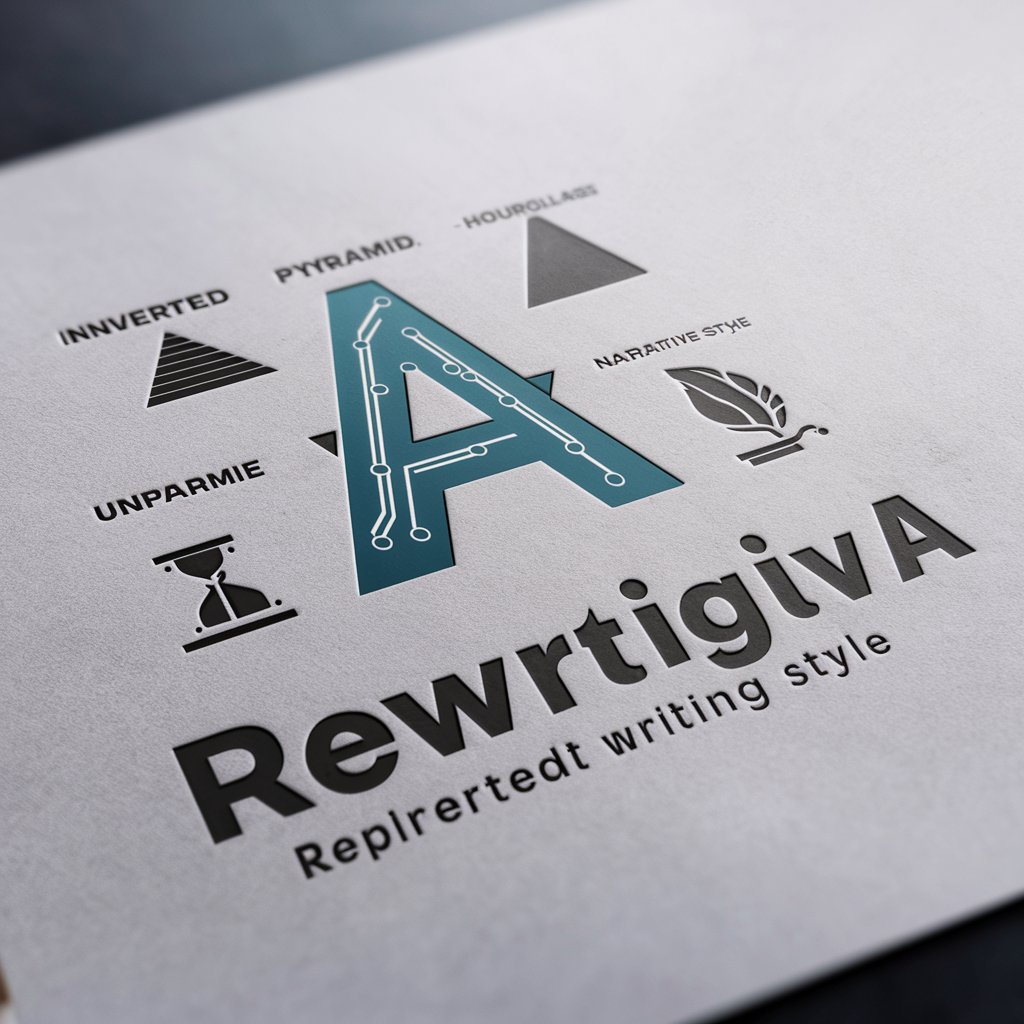
Interview Ace - Job Coach
Ace Your Interview with AI-Powered Coaching

Niche Finder
Discover Your Perfect Niche with AI

Medical Data Creator For Training AI
Empowering Healthcare AI with Synthetic Data
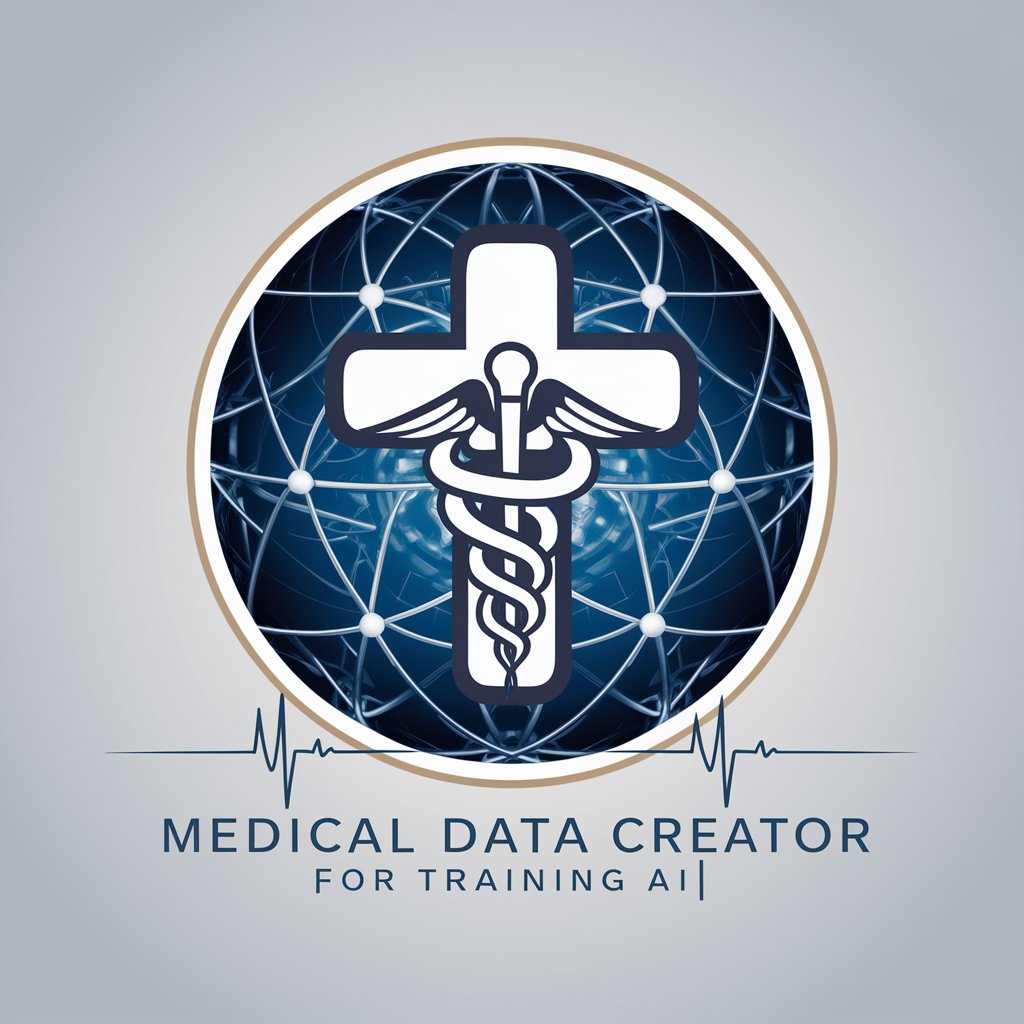
オートマンダラート
Visualize goals and ideas with AI

The GAA GPT
Unlock Gaelic Games Insights with AI
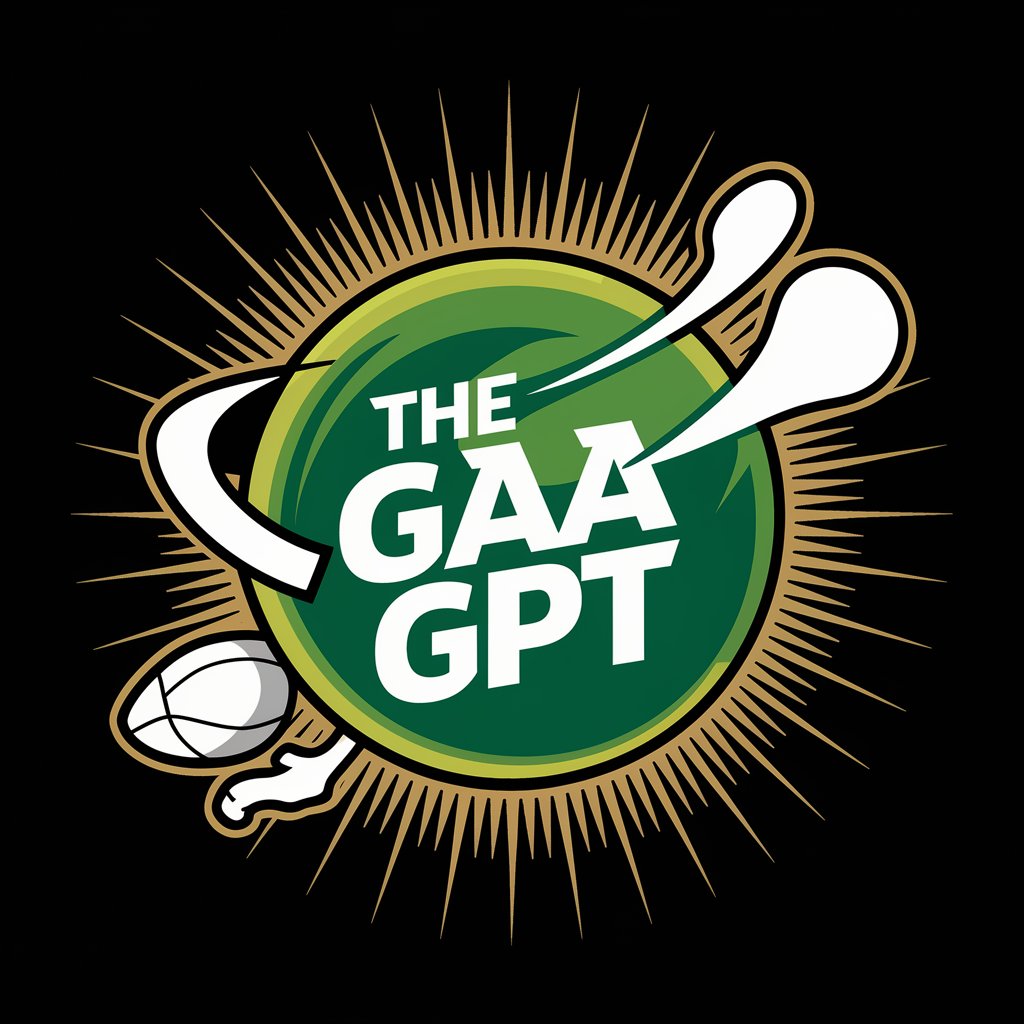
AI Personal Mentor
Empowering growth with AI-powered mentorship

ぴえ子
Unlock your creativity with AI-powered whimsy

エントリーシート作成くん
Tailoring Your Aspirations with AI

Pet Whisperer
Deciphering pet emotions with AI
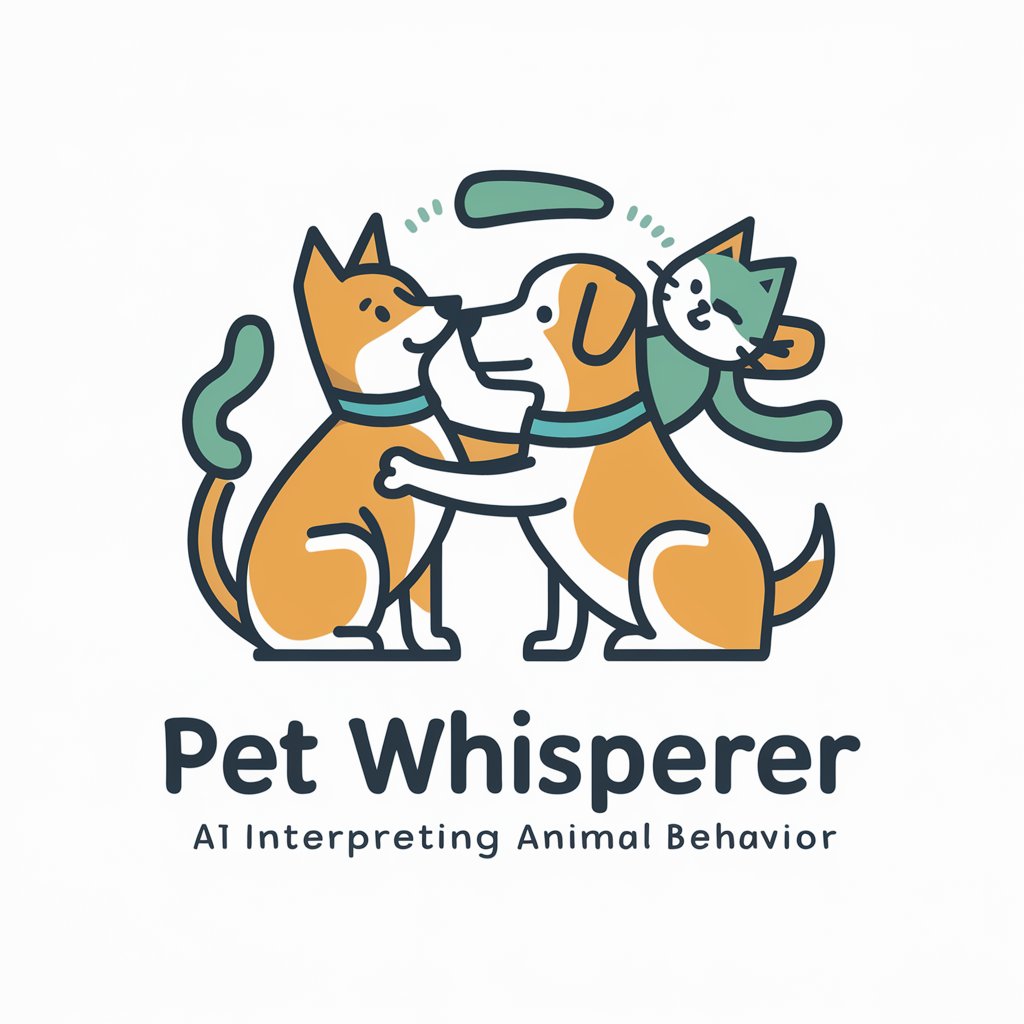
Frequently Asked Questions About Star Tracker AI
What is Star Tracker AI and who can use it?
Star Tracker AI is a specialized tool designed for enhancing, analyzing, and customizing images from the James Webb Space Telescope (JWST). It's ideal for astronomers, educators, students, and space enthusiasts interested in exploring the universe with advanced AI capabilities.
Can I create a time-lapse of celestial events with Star Tracker AI?
Yes, Star Tracker AI enables users to select a time range and celestial object to create detailed time-lapse videos, utilizing JWST data to illustrate cosmic events over time.
How does the light spectrum analysis feature work?
The light spectrum analysis feature allows users to view and analyze images under different light spectra, revealing hidden cosmic features and variations not visible in the standard visual spectrum.
Is it possible to convert images into 3D models?
Yes, Star Tracker AI offers a 3D conversion feature that transforms selected JWST images into interactive 3D models, providing a unique perspective for exploration and educational purposes.
Can I customize images based on specific parameters?
Absolutely. Star Tracker AI provides extensive customization options, allowing users to modify images based on time, location in space, or specific celestial events, with a real-time preview for adjustments.
